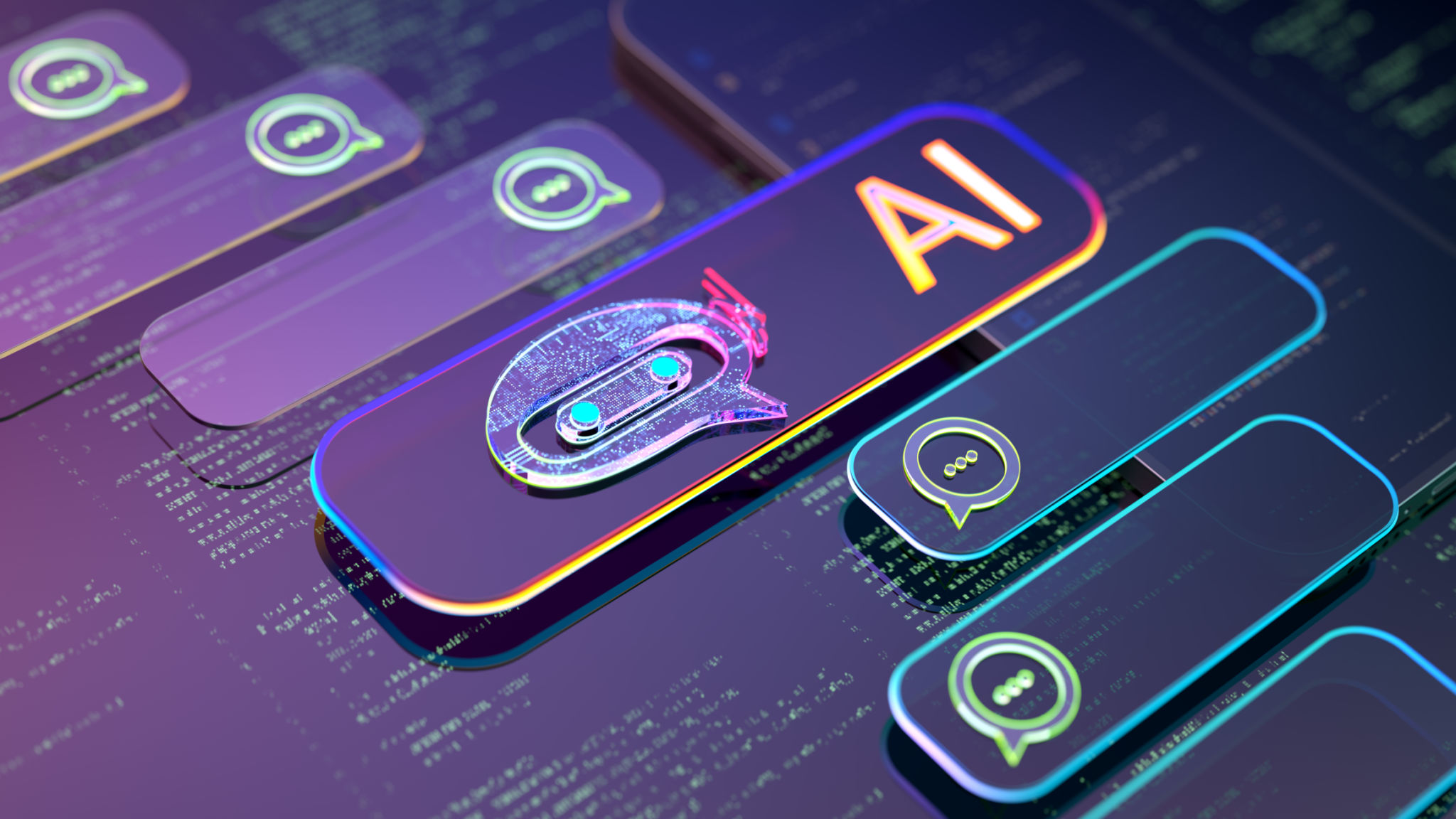Common Misconceptions About AI in Business Intelligence
Understanding AI in Business Intelligence
Artificial Intelligence (AI) has become a transformative force in the realm of business intelligence (BI), yet several misconceptions persist. These misunderstandings can hinder businesses from fully leveraging AI's potential. In this post, we aim to debunk some of these common myths and provide clarity on AI's role in BI.

AI Will Replace Human Jobs
One of the most pervasive misconceptions is that AI will replace human jobs entirely. While AI can automate repetitive and mundane tasks, it does not eliminate the need for human intelligence. Instead, AI in BI often acts as a complement, allowing humans to focus on more strategic and creative tasks. This synergy can enhance productivity and innovation within organizations.
AI tools can process vast amounts of data at unprecedented speeds, providing insights that humans might miss. However, the interpretation and strategic application of these insights still require human expertise. Therefore, rather than replacing jobs, AI is transforming roles and creating opportunities for skill development.
AI Is Only for Large Enterprises
Another common belief is that AI is a luxury only large corporations can afford. In reality, advancements in technology have made AI tools more accessible and affordable for businesses of all sizes. Small to medium-sized enterprises (SMEs) can leverage AI-driven BI tools to gain a competitive edge by making data-driven decisions.

Many cloud-based BI solutions offer scalable AI features that do not require extensive infrastructure investments. This democratization of AI technology allows even smaller businesses to harness its power effectively.
AI Delivers Instant Results
There's a misconception that once AI is implemented, businesses will immediately see results. While AI can significantly enhance data processing and analysis, it requires time to train and optimize models for specific business needs. Patience is key, as the initial phase often involves data preparation and model training.
Organizations need to invest time in understanding their data and objectives before expecting AI to deliver meaningful insights. The journey involves continuous learning and adjustment to improve accuracy and relevance over time.

AI Is Infallible
Another myth is the belief that AI systems are infallible. While AI algorithms are powerful, they are not perfect and can be subject to errors or biases, especially if trained on incomplete or biased datasets. It's crucial for organizations to implement checks and balances to ensure AI outputs are accurate and fair.
Human oversight is essential in monitoring AI systems and making necessary adjustments. Regular audits and updates can help maintain the integrity and reliability of AI-driven insights.
Implementing AI Requires Extensive Technical Knowledge
Many assume that implementing AI in BI requires deep technical expertise. While technical knowledge can be beneficial, numerous user-friendly platforms now exist that simplify the integration process. These platforms often include intuitive interfaces and offer support resources to guide users through setup and operation.
Businesses can also partner with vendors who provide comprehensive support throughout the implementation process, enabling teams to focus on leveraging AI capabilities rather than the technical intricacies.
Conclusion: Embracing AI With an Informed Perspective
Understanding the realities of AI in business intelligence helps dispel myths that may prevent organizations from adopting this transformative technology. By recognizing AI's role as an enabler rather than a replacement, businesses can better integrate it into their strategies to drive growth and innovation.
